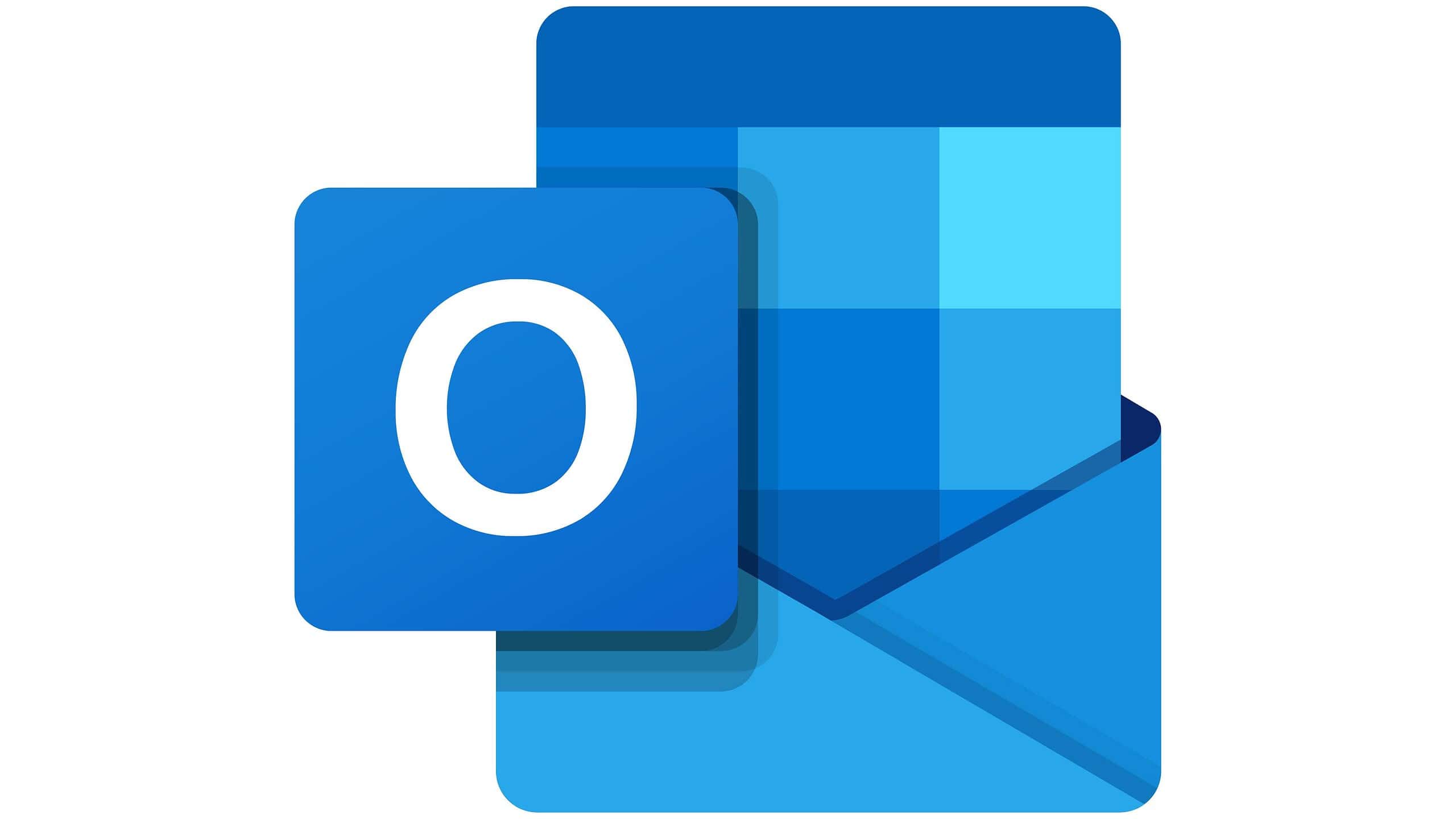Outlook for Android, iOS to get own Multi-factor authentication capability this month
2 min. read
Published on
Read our disclosure page to find out how can you help MSPoweruser sustain the editorial team Read more

Microsoft plans to inject a dedicated multi-factor authentication (MFA) capability into Outlook for Android and iOS, and its general availability is expected to arrive this month.
Microsoft wants to make it easier for its Outlook users to perform MFA. With this, the Redmond company revealed in its latest Microsoft 365 roadmap entry that it will introduce a so-called “Authenticator Lite” in the app. According to the feature description, it will cover work or school accounts being used on Microsoft 365 app, Azure Active Directory, and Outlook.
“Authenticator Lite (in Outlook) is a feature that allows your users to complete multi-factor authentication (MFA) for their work or school account using the Outlook app on their iOS or Android device,” the roadmap entry reads.
Despite this, it is important to note that the company already offers the Microsoft Authenticator that Android and iOS users can use for Outlook, other Microsoft products, and other third-party applications. And while introducing the Authenticator Lite might sound redundant for those who already have the Microsoft Authenticator, this will make Outlook a more comprehensive app armed with its own MFA feature. Additionally, this might be one of the software giant’s initiatives to further boost the security capabilities of Outlook as more authorities put scrutinizing eyes on tech companies.
Last month, it can be recalled that the director of the Cybersecurity and Infrastructure Security Agency, Jen Easterly, called out Microsoft and Twitter due to the low MFA usage rate among their customers. According to Easterly, only one-quarter of Microsoft’s enterprise customers use it. The official, meanwhile, praised Apple for the high usage rate of the security feature due to its decision to make the feature a default.
Microsoft is also determined to promote the use of MFA in its products, starting with Outlook. However, instead of going the same path Apple is taking by making MFA default, it seems the software company wants to achieve this by making the security feature more convenient and accessible to encourage more users to embrace it. Once Authenticator Lite is completely rolled out, we will see how effective this approach is for Microsoft and its products.








User forum
0 messages